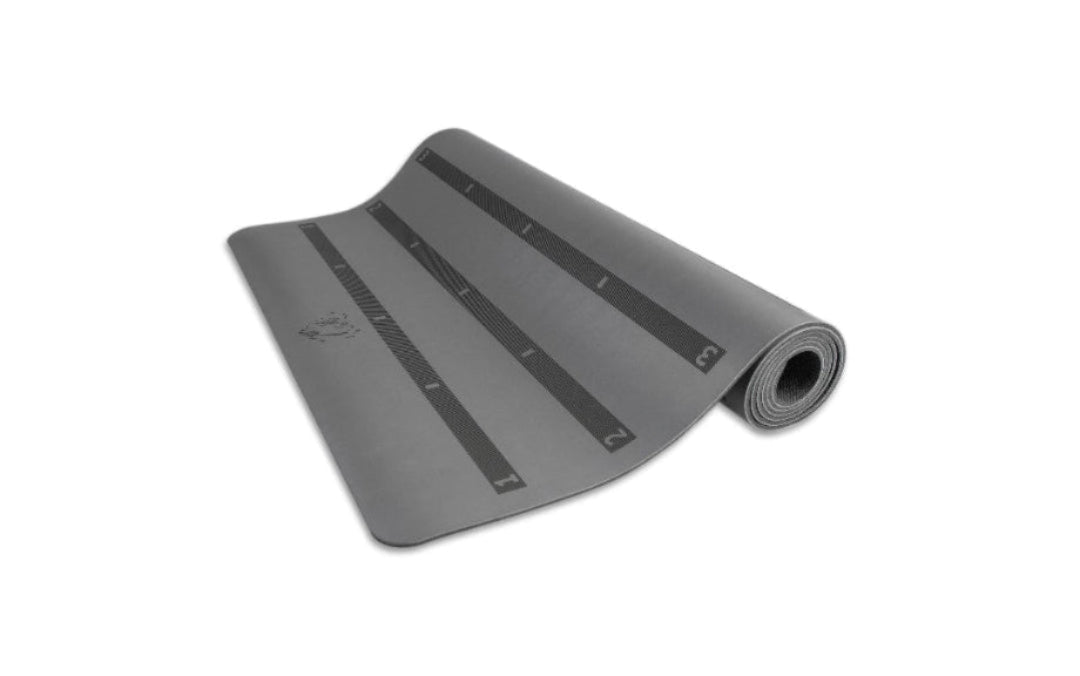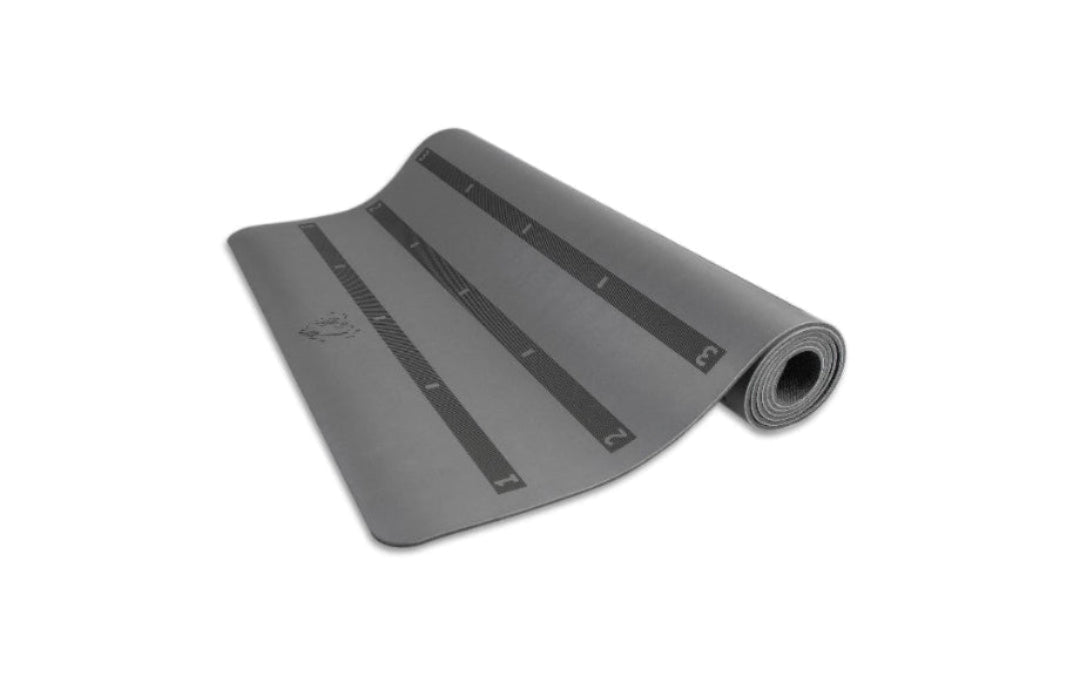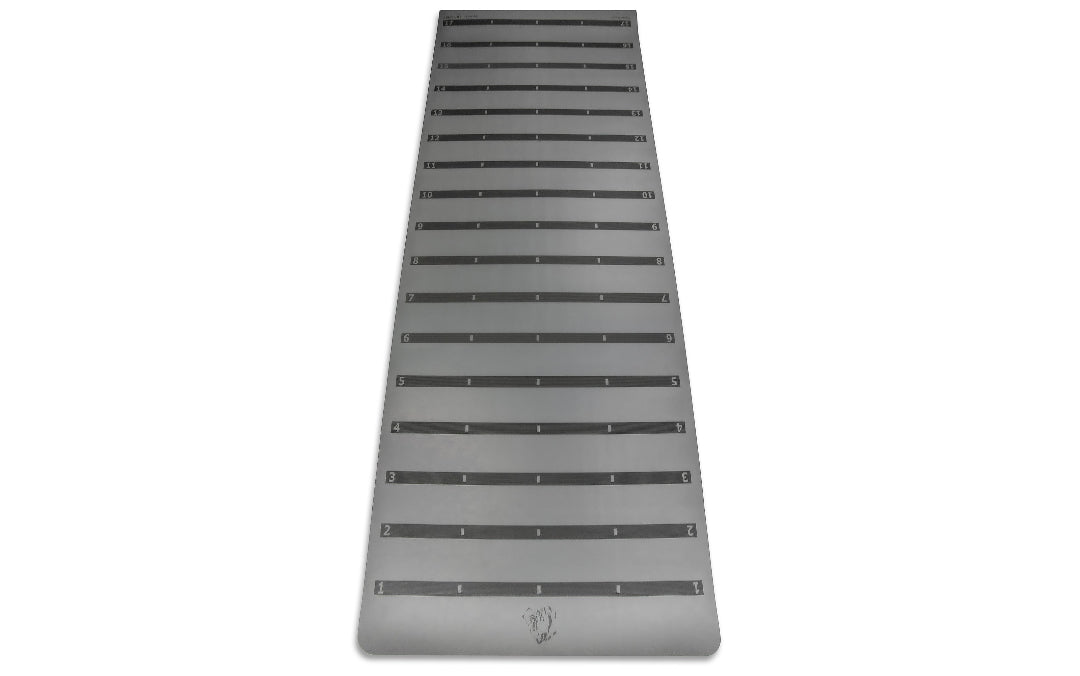Hello Fellow Researchers!
Let's investigate one of the most comprehensive studies on the progression of intensity for standing suspension exercises: Melrose & Dawes (2015). This study attempted to answer the question: what determines the intensity of a standing suspension exercise, the body angle or distance between the feet and anchor?
What Did The Researchers Test?
Using a calibrated dynamometer, the researchers measured the amount of weight encountered by the participants in two different ways at the same time while in the starting position of a Suspended Row. One variable was having the heels of their feet be directly under the anchor and proceeding outwards to 1, 2, 3, 4, and 5 ft away from the anchor.

The other variable was exact body angles of 30, 45, 60, and 75 degrees from vertical for each of those 6 distances, when possible.

What Determines the Intensity of Standing Suspension Exercises?
By the end of the study, the researchers had three findings:
- The angle of the body significantly influenced the intensity of the Suspended Row.
- The distance between the feet and the anchor also influenced intensity, but to a lesser extent.
- The researchers were able to develop equations to predict or determine the amount of weight that would be used by the participant, based on the angle of the body from vertical, which can be found within the study.
Based on this study, it appears that finding your body angle and using the equations found in the study can be advantageous to find the weight used for some standing suspension exercises. It is important to note, though, that finding your body angle is difficult, especially if you workout solo. Many of us may not be confident in using a protractor or goniometer to find a particular angle. In addition, if you stand in the same spot, but want to change the body angle, you would be required to change the strap-length, which can become tedious. Notwithstanding, regardless of the book, YouTube video or manual about suspension exercises, each suspension exercise is typically prescribed a specific strap-length. For example:

How Do You Change the Intensity of a Standing Suspension Exercise?
Then the only way to change the body angle (and intensity) for a standing suspension exercise is by changing the distance between your feet and the anchor: The closer you move toward the anchor, the closer the body angle is to the floor, and the greater the intensity. The reverse is also true.

Therefore, by measuring and writing down the distance between the feet and anchor (like writing down the weight you are lifting), you will know the intensity you are currently using and when you are making progress when that distance changes.

Thank you for reading, and please subscribe to be notified about additional articles. If you'd like to read the study for yourself, a link to the entire study below:





